New resort space
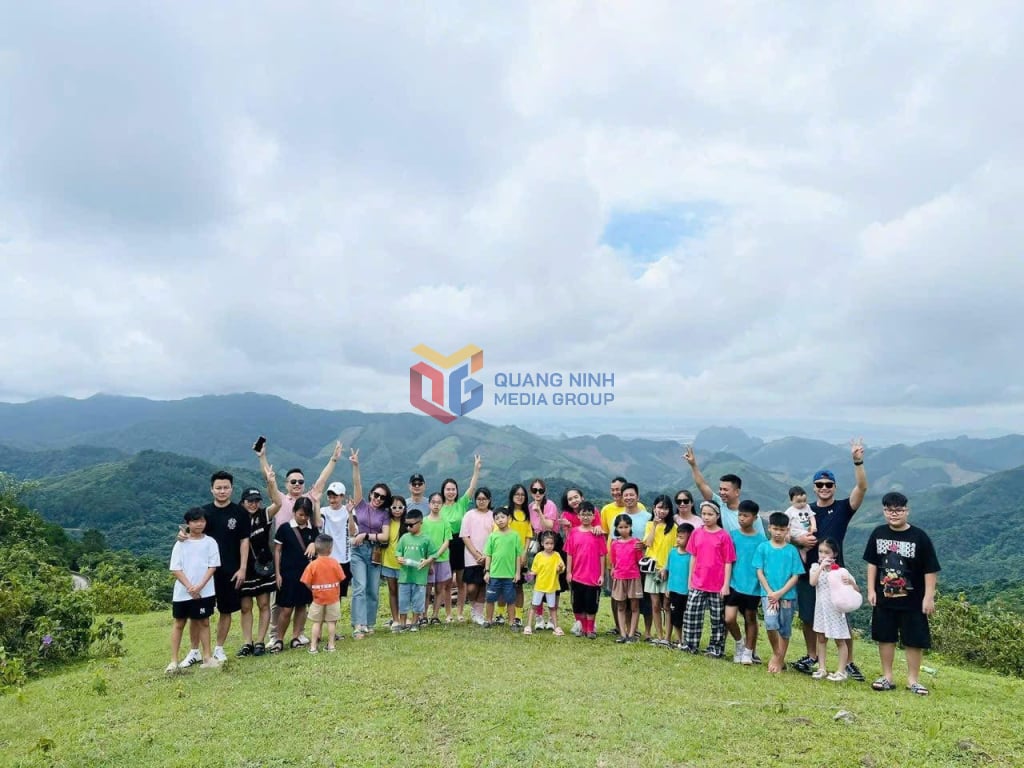
With a natural area of over 1,119km², Ha Long City has a diverse terrain from hills, valleys, to the coast. Notably, the city also has Dong Son - Ky Thuong Nature Reserve with a large natural area of nearly 15,600 hectares, which is home to many rare species of flora and fauna and spreads over the territory of 5 communes: Dong Son, Ky Thuong, Dong Lam, Vu Oai and Hoa Binh, along with a system of streams, waterfalls, caves and lakes distributed naturally. These advantages have made the new Ha Long an urban area with the highest ratio of forest land and ecological resources in the North. In particular, the area of the highland communes of the old Hoanh Bo district is the "rough gem" that is being awakened by many agricultural and ecological tourism models associated with the community.
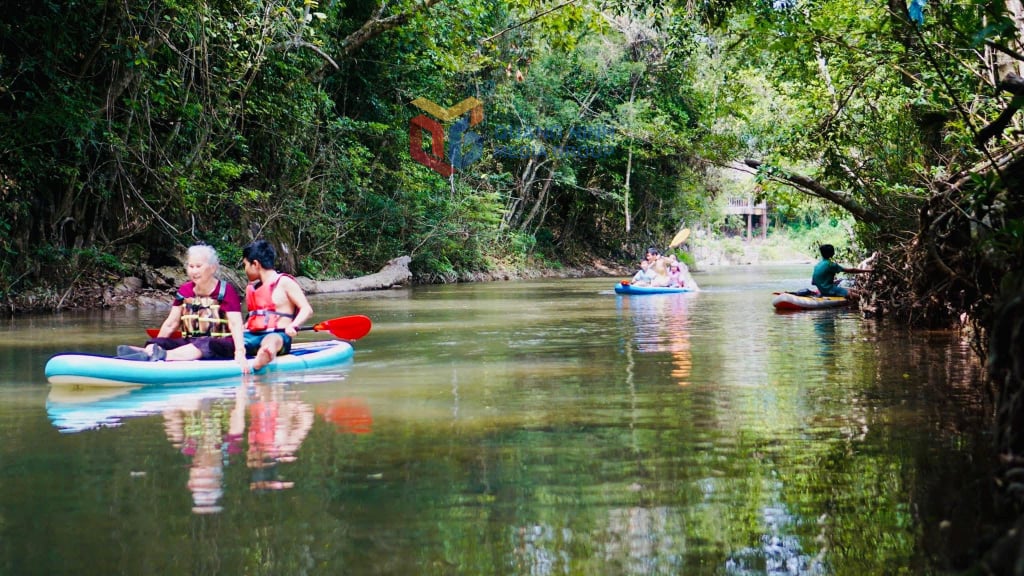
One of the pioneering models is Am Vap Farm in Khe Phuong village (Ky Thuong commune), where the Dao Thanh Phan people mainly live, turning Khe Phuong from a "remote" place into a new magnet for mountainous tourism in Ha Long. Here, people and businesses cooperate to develop community tourism with the philosophy: "Preserving culture is the root, the indigenous people are the subject". When coming to Am Vap Farm, visitors can not only immerse themselves in the village space, visit the vegetable garden, pick wild bamboo shoots, visit the honey collection process, camp by the stream... but also learn about the embroidery art of Dao Thanh Phan women, watch the graceful Dao girls in the bell dance and play con throwing right in the spacious yard in front of the stilt house.
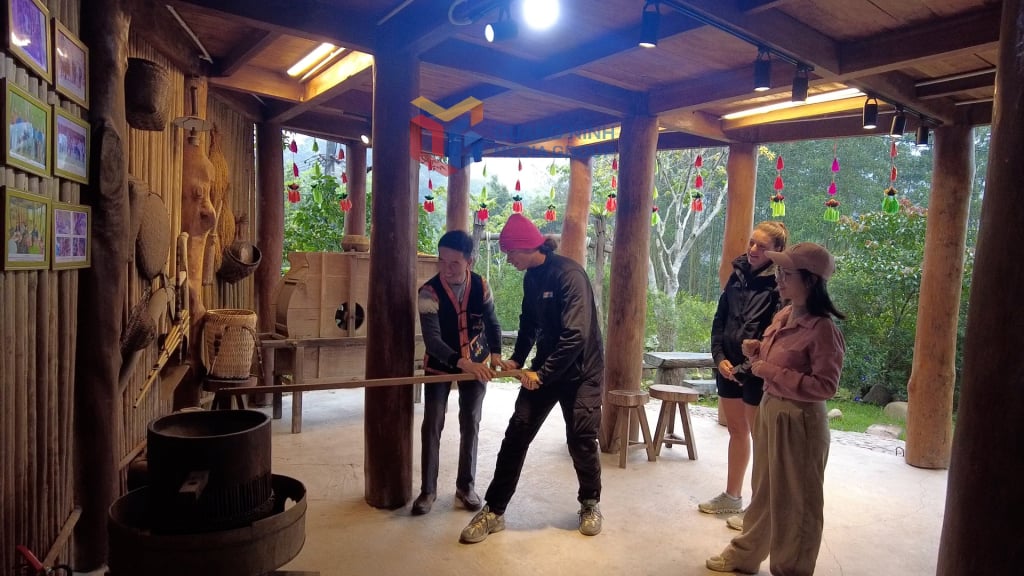
Mr. Cameroon McCracken (British tourist) excitedly said: I am really overwhelmed by the majestic scenery and friendly people here. There are many attractive and interesting experiences at Am Vap Farm that I think many international tourists will enjoy.
In Son Duong commune, another model that is gradually spreading is the ecological farm combined with cultural preservation of Mr. An Van Kim, a San Diu ethnic group, in Dong Dang village. Initially, his family only built a few huts to gather for singing and introducing traditional dishes. Now this model has expanded to include an organic guava garden, fishing experiences, and the idea of displaying models of clothes, utensils, and traditional production tools of the San Diu people in the old houses for tourists to take souvenir photos, helping to preserve the fading culture and create livelihoods for local people.
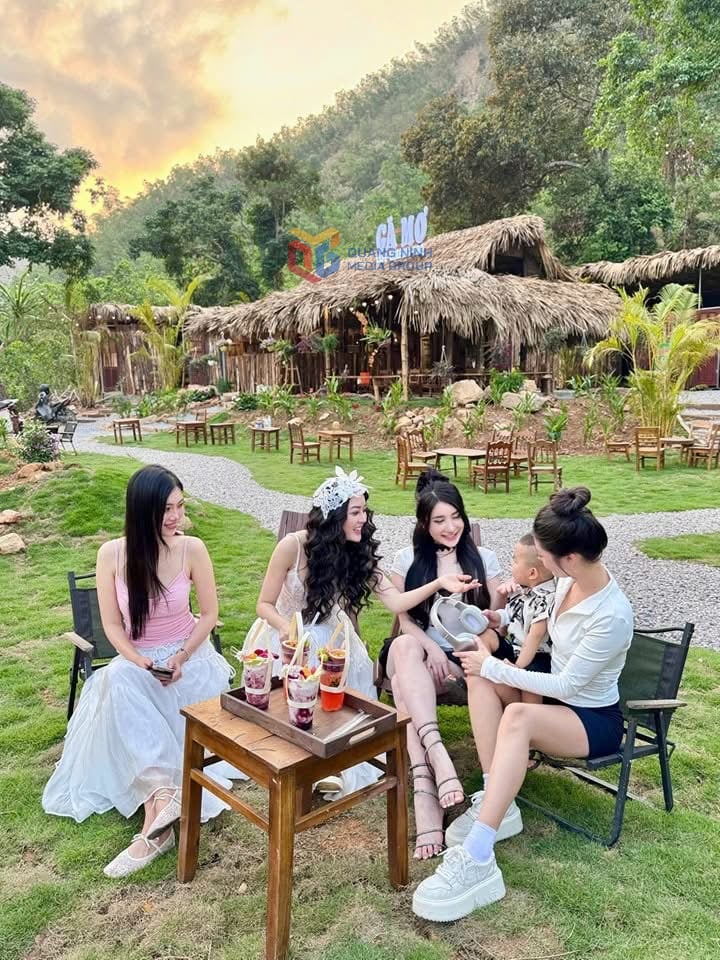
Not only stopping at single models, Ha Long City is gradually forming a green destination network with the participation of many projects such as Man's Farm, Quang La Flower Paradise, Happy Land Thong Nhat, Ga Mo, Dong Dong... These locations often exploit natural landscapes such as hills, lakes, streams, forests, combined with camping services, check-in, fishing, rustic cuisine, boating... This is a type of tourism that "touches nature", suitable for the post-Covid-19 resort trend and reduces stress from the pressures of daily life.
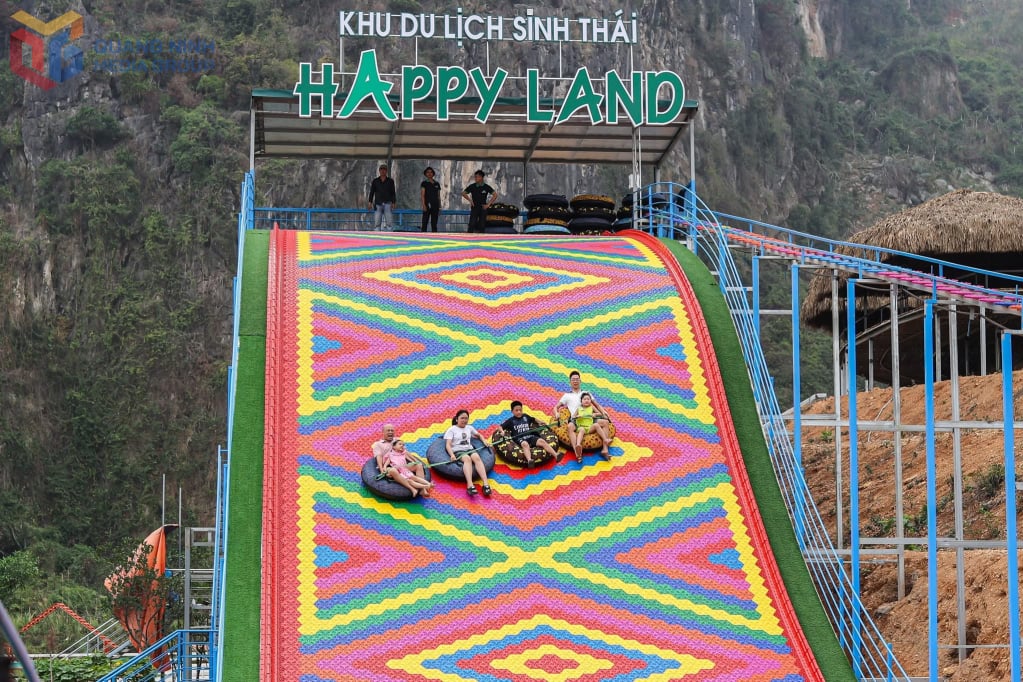
A typical example is Happy Land Ha Long, a 5-hectare eco-tourism area in Thong Nhat commune, which is increasingly becoming a favorite destination for families, students and groups of young people. With support from local authorities in investment procedures, this place is expected to expand to 15 hectares with a capital of 200 billion VND in 2025 and the following years, promising to become a standard eco-area serving the needs of education, entertainment and weekend relaxation. Ms. Nguyen Thu Huong (Ha Long City) said: Happy Land is covered by more than 70% of trees and long grass, bringing a feeling of relaxation from the first steps. Therefore, on weekends, my friends and I often bring our children here to give them a space to play and connect families together.
New direction for green tourism
Despite its abundant potential and diverse models, the reality shows that developing eco-tourism and agriculture in Ha Long City is still facing many challenges. Of the total of more than 10 million visitors to Ha Long in 2024, the number of visitors to the highlands is still not really commensurate with the potential that this area possesses.
Most of the current models are still spontaneous, small-scale, without long-term strategies, lacking connections and synchronization. Some agricultural areas have uniform natural conditions, living habits and community culture. This leads to duplication and monotony in agricultural tourism products and services, for example, growing the same type of tree (guava, orange...), serving the same type of cuisine, leading to a lack of unique identity, reducing the attraction for tourists.
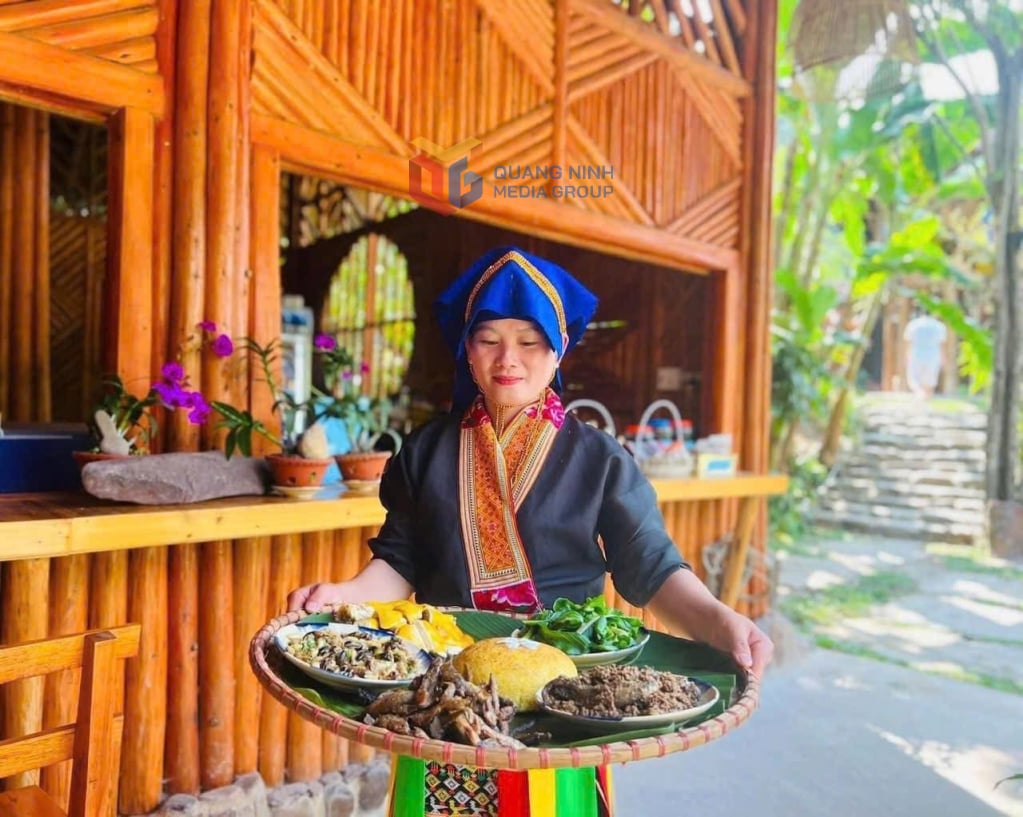
Another notable issue is that the tourism skills of the people are still limited. Most of the people doing agricultural tourism are farmers who have not been properly trained in reception, explanation, and organizing experiential activities. This makes the service quality at many stops at a rudimentary level: There are only simple meals and accommodations, with few supporting activities such as performing arts, folk games, or selling typical souvenirs.
Infrastructure, especially transportation, information and clean water systems, at rural tourist destinations have not been invested in proportionately. Some places have difficult roads, no clear signs or standard toilets, and no 4G signal, causing difficulties for both tourists and investors.
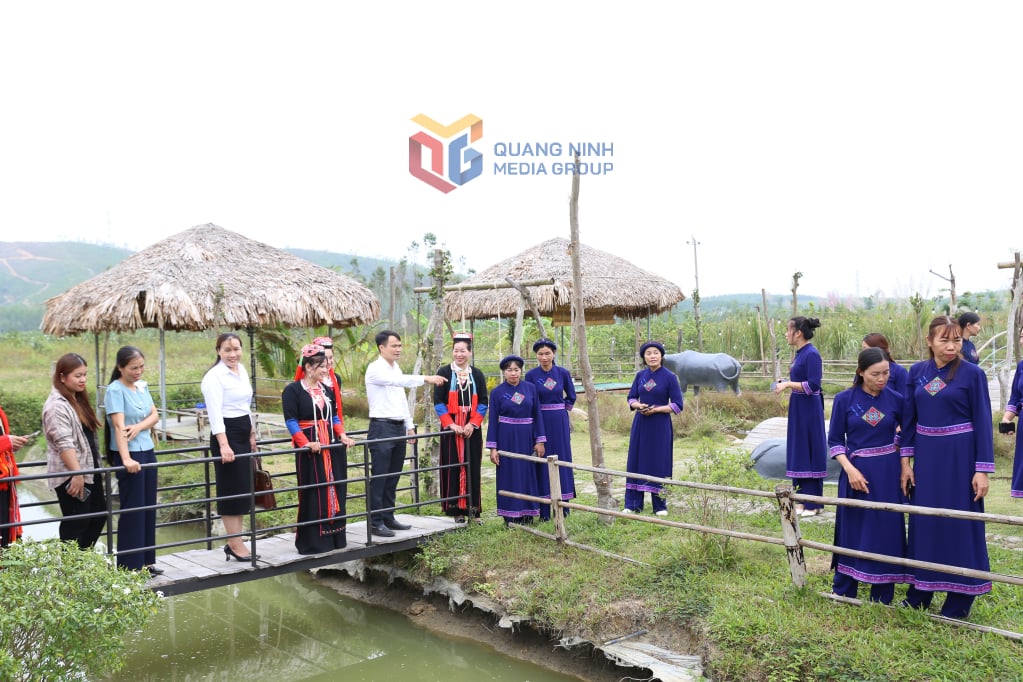
On the other hand, the connection between travel agencies and local communities is not tight. Eco-tourism and agricultural tours are mostly organized by individual groups, lacking the participation of professional tourism businesses. This makes the value chain not closed, visitors come and go, not leaving much economic value or long-term spread.
However, there are still positive signs in the midst of difficulties. Ha Long City currently has clear strategic directions to develop green and sustainable tourism. Digitizing tourism information, using virtual reality technology to introduce destinations, connecting via smart apps... are also the right steps for the city to improve service quality and promote widely.
Associate Professor, Dr. Duong Van Huy, Head of the Department of Island Research, Institute of Southeast Asian Studies, Vietnam Academy of Social Sciences, affirmed: In the current context of international integration, rural areas with close agricultural ecological landscapes are attractive and valuable tourism resources for tourists, especially foreign visitors. Possessing many favorable conditions and many unique agricultural products, the province and the highland localities of the city need to have specific mechanisms, solutions and strategies to build an agricultural tourism model associated with agricultural products.
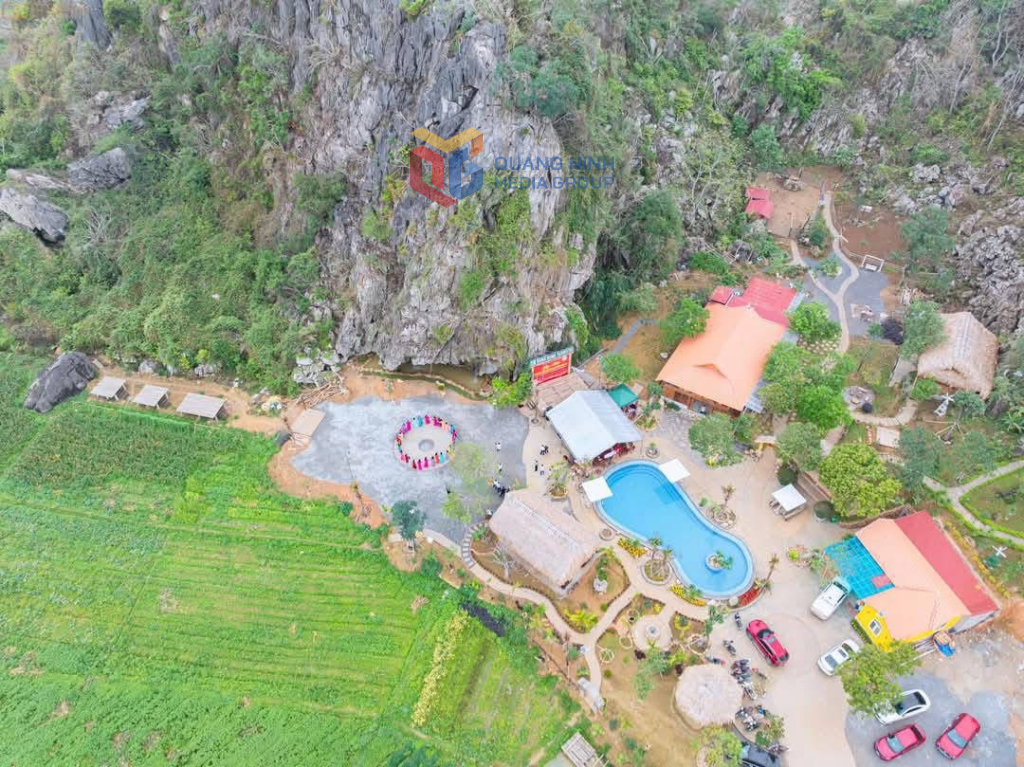
To realize this goal, Ha Long City needs close coordination between the government, people, businesses and experts. The government needs to have policies to support finance, technology and communication for agricultural tourism models. Businesses need to proactively accompany people from the organization to product promotion. People need to be well-trained and have knowledge about welcoming guests, explaining culture, protecting the environment, etc.
According to Mr. Pham Hai Quynh (Director of the Asian Tourism Development Institute): Building "green tourism routes" connecting destinations such as Quang La - Ky Thuong - Son Duong - Dong Lam... with the journey of tasting local cuisine, picking vegetables in the forest, soaking in stone streams, sleeping in stilt houses... In this way, each agricultural product is not just a simple commodity but can completely become a "signature" tourism product, bearing the unique characteristics of Ha Long City, contributing to diversifying the tourism picture of the whole province. More importantly, ecotourism and agricultural tourism also help spread the benefits of development to remote areas, which were previously almost off the tourism map. When people have more income from tourism, when cultural identity is respected and preserved, when nature is protected as part of livelihood, that is when Ha Long achieves truly sustainable development.
Ha Long City is facing a great opportunity to become a bright spot on the map of eco-tourism and agriculture in Vietnam. Not only the majestic Ha Long Bay, but also the mountainous region in the North with green forests, fruits and ethnic culture is gradually changing. If there is a methodical development strategy, the companionship of the government and the community, Ha Long can completely become a national model of green tourism, community tourism, where people and nature blend together in a sustainable journey.
Source: https://baoquangninh.vn/tp-ha-long-tu-vung-cao-doi-nui-den-mien-du-lich-xanh-3362107.html


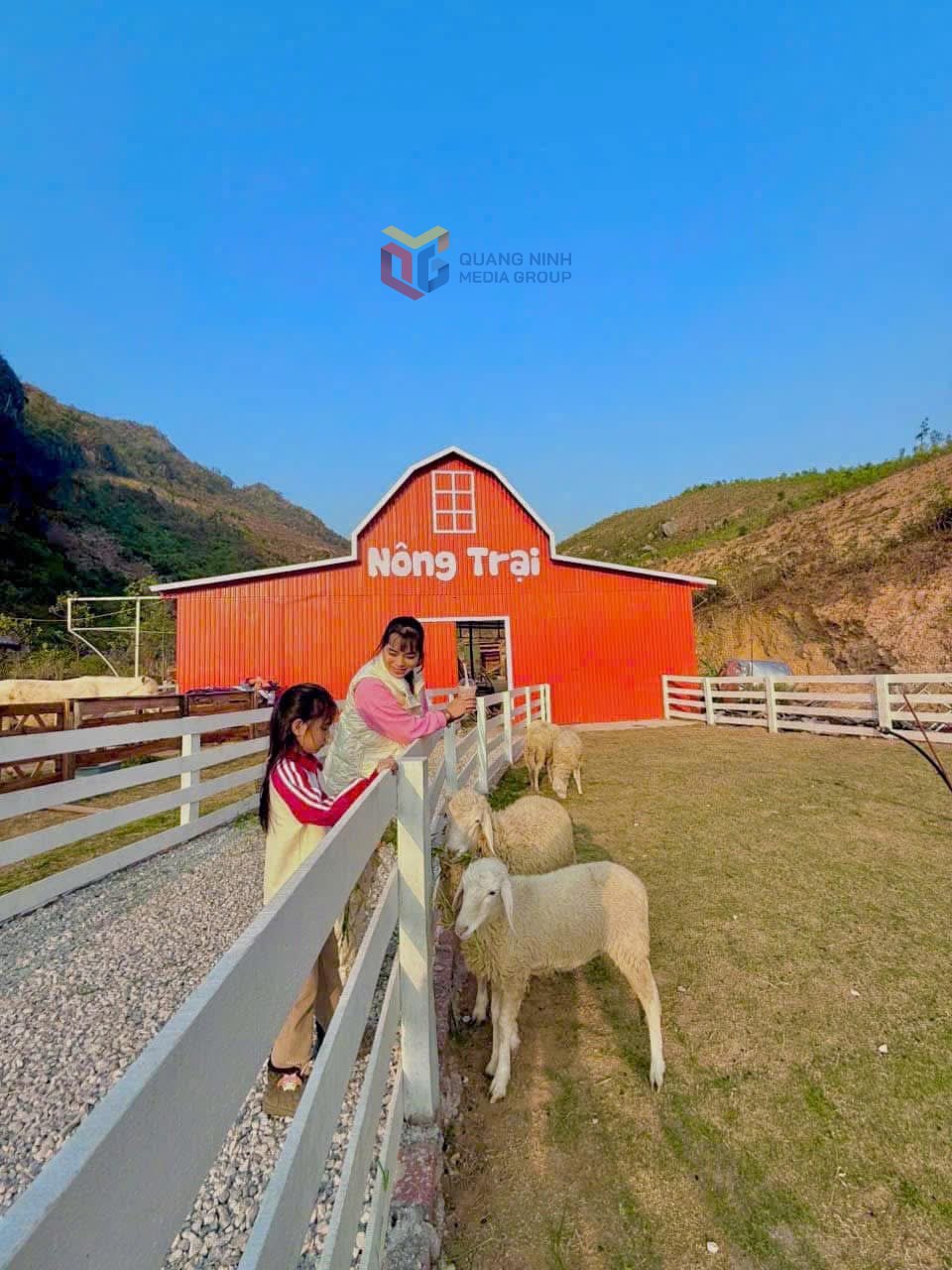
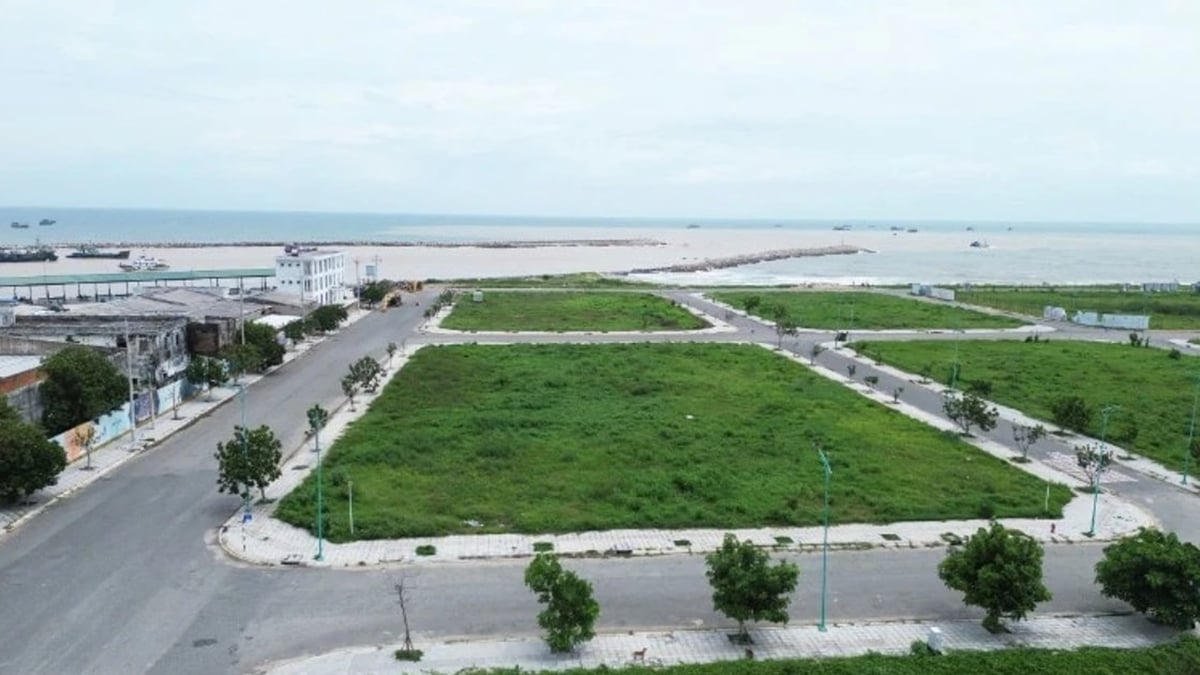
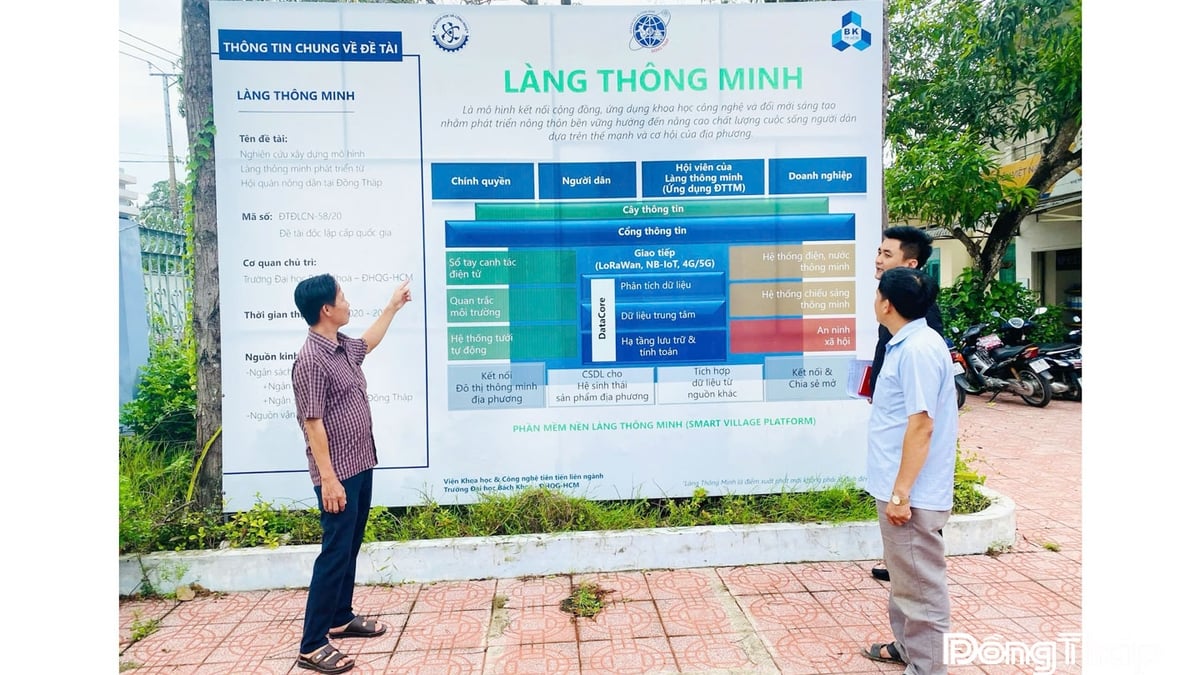




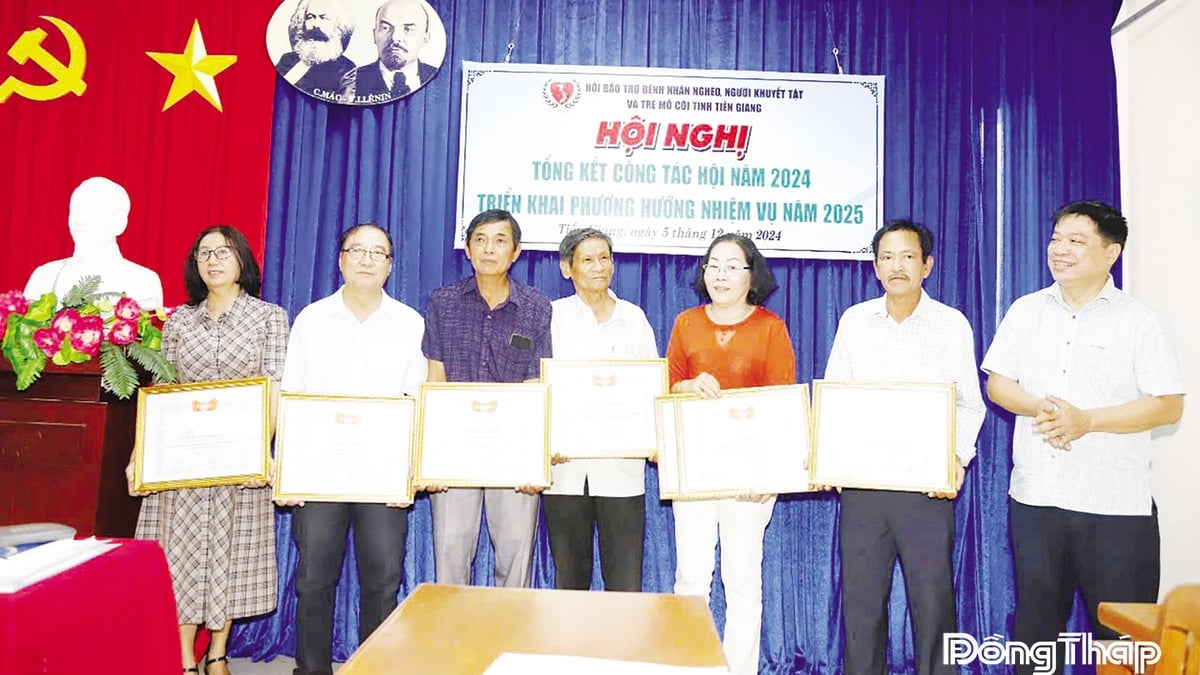
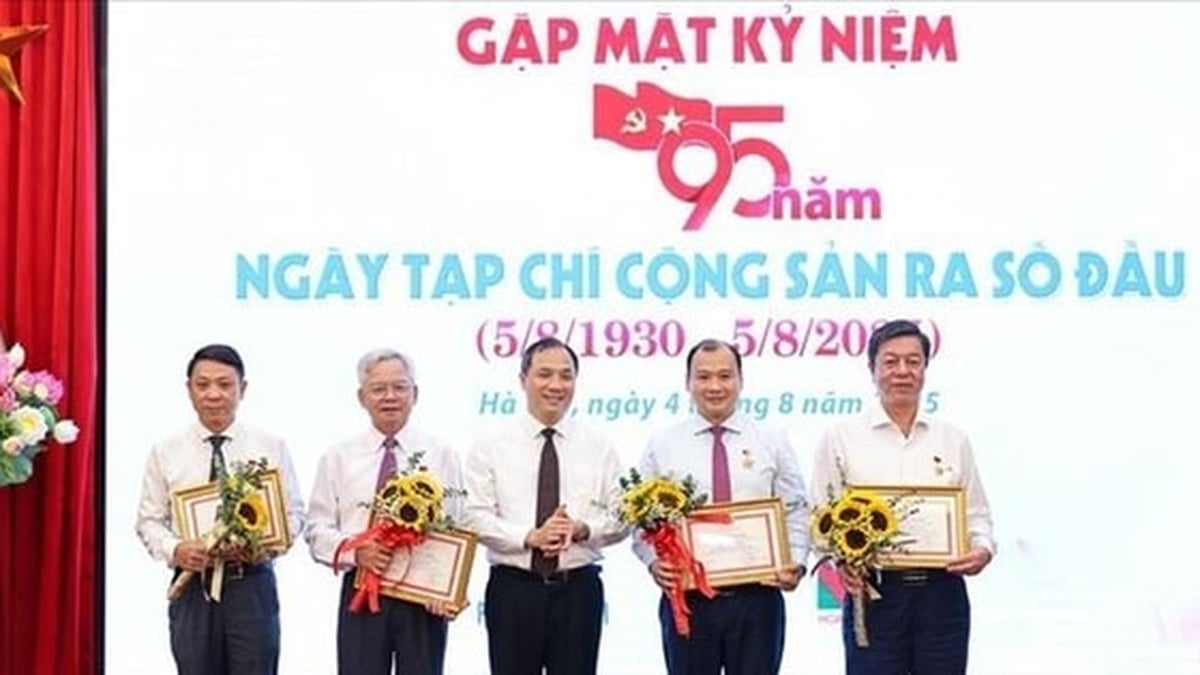
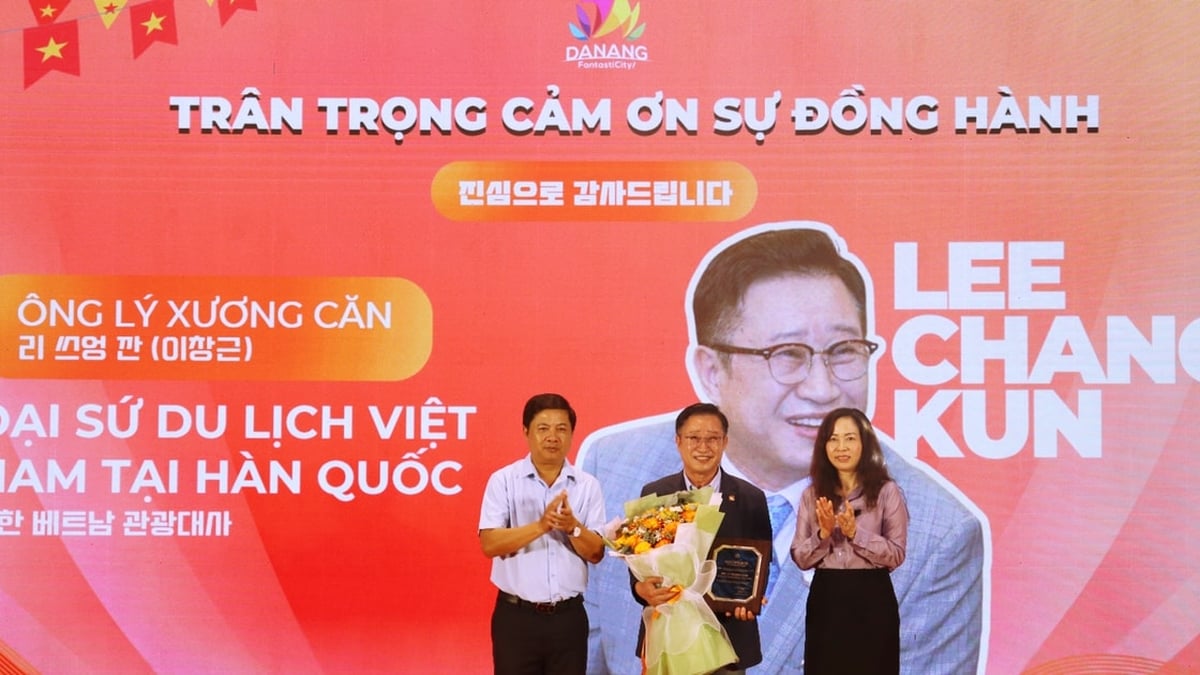
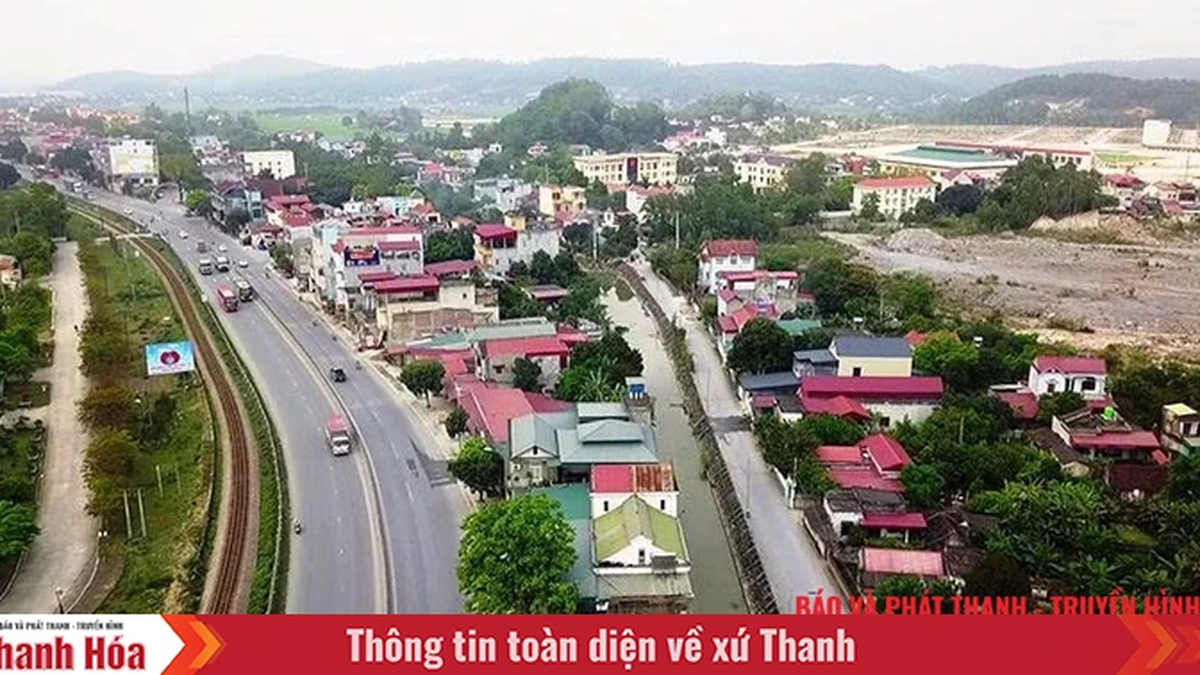















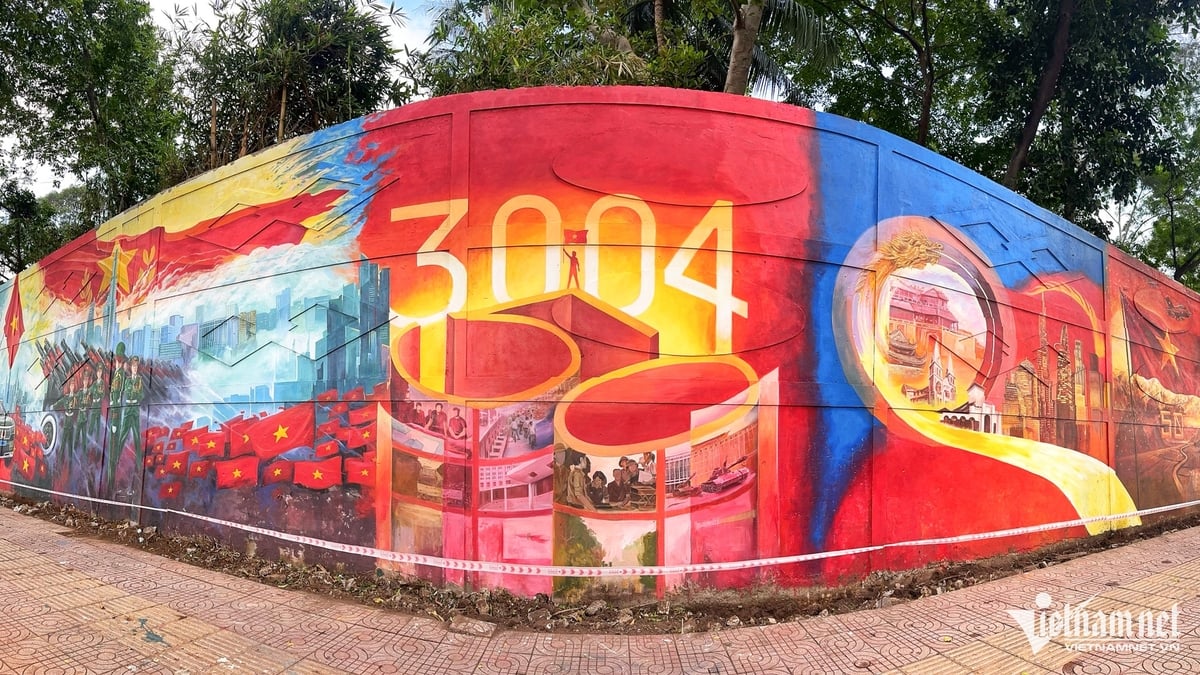

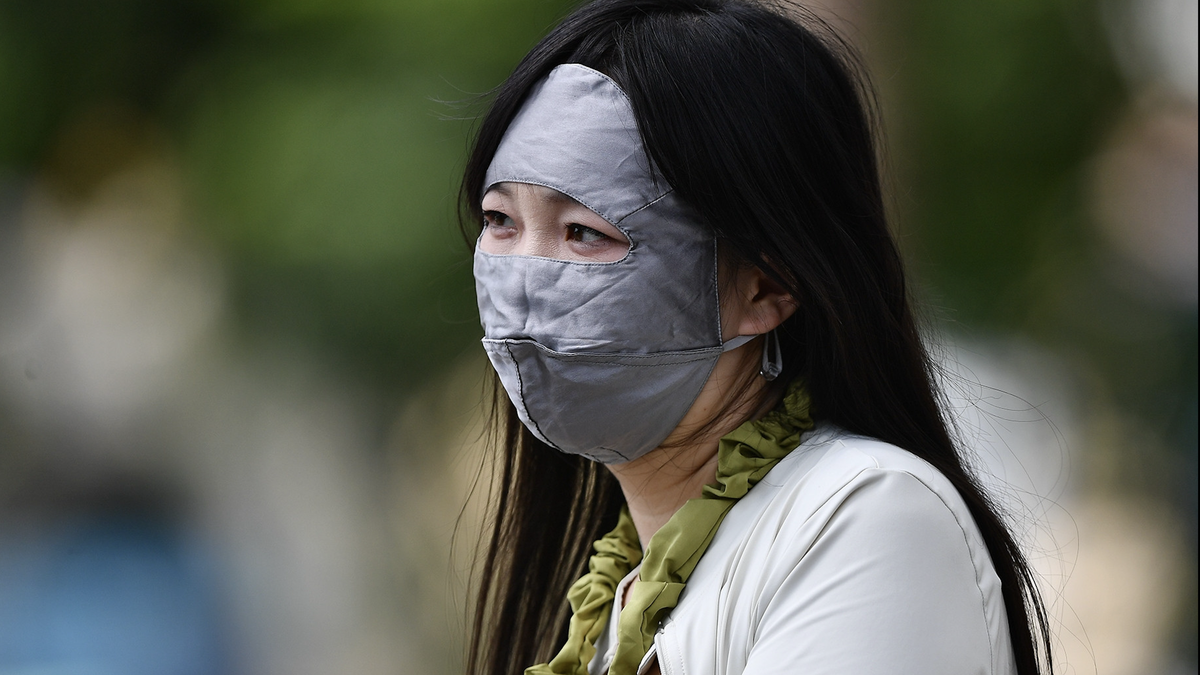
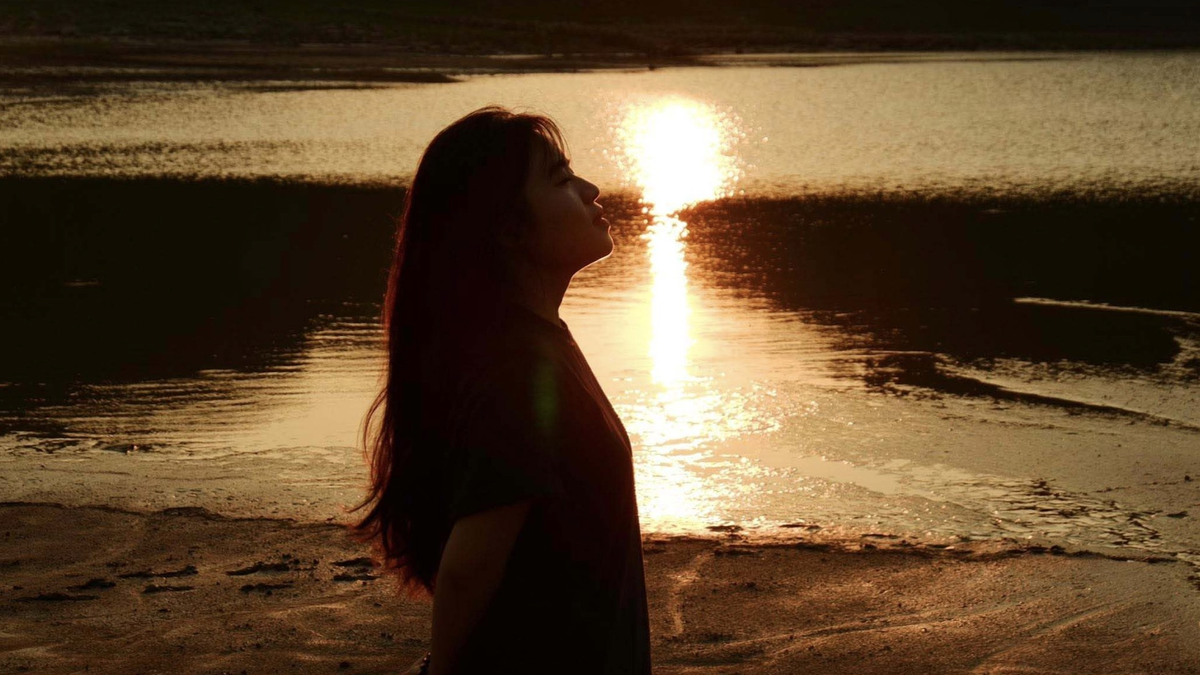







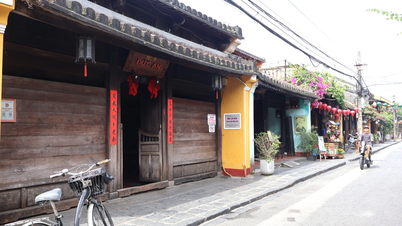

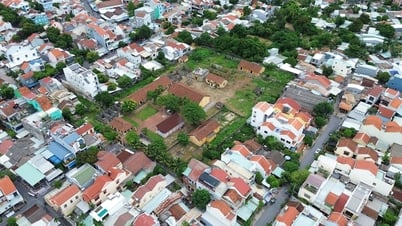

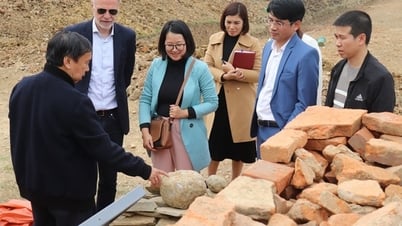



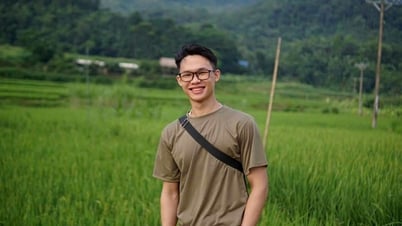

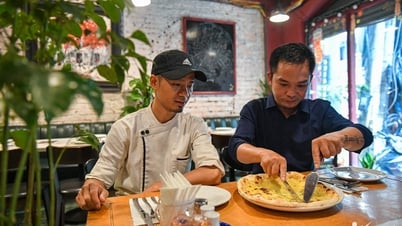




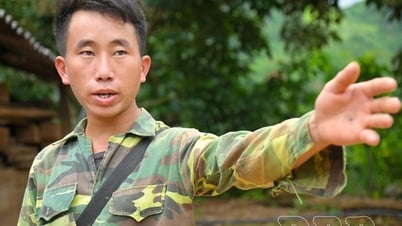

![[Maritime News] Two Evergreen ships in a row: More than 50 containers fell into the sea](https://vphoto.vietnam.vn/thumb/402x226/vietnam/resource/IMAGE/2025/8/4/7c4aab5ced9d4b0e893092ffc2be8327)

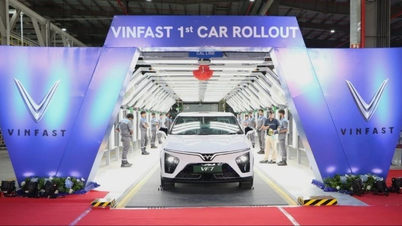

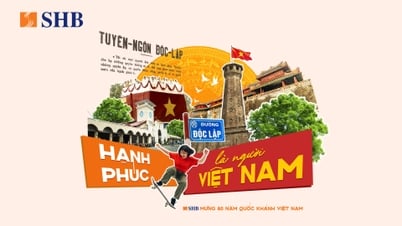

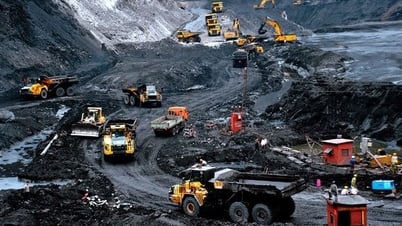
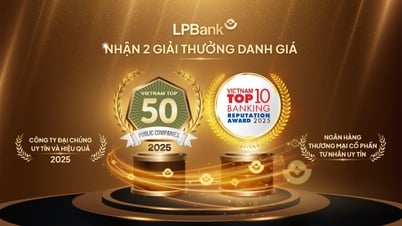

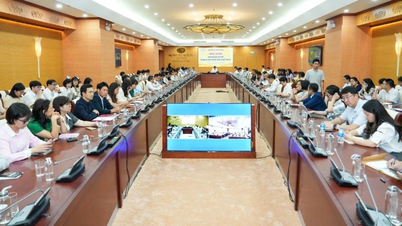

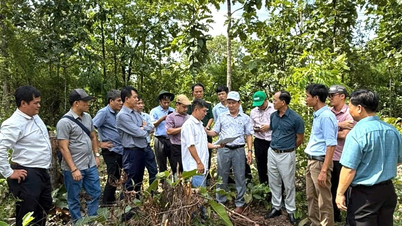

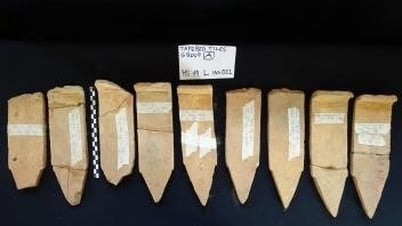
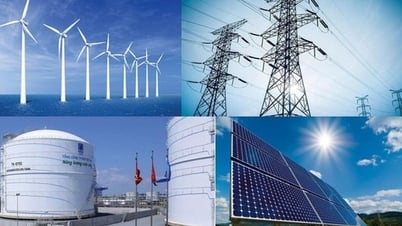
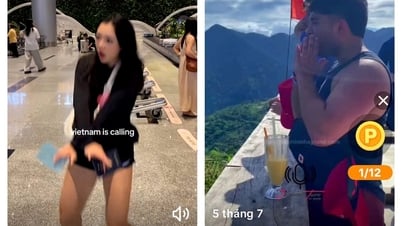


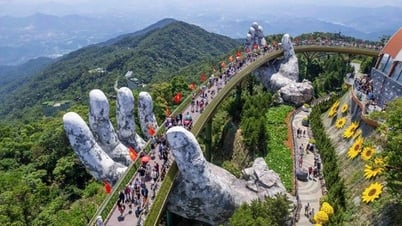

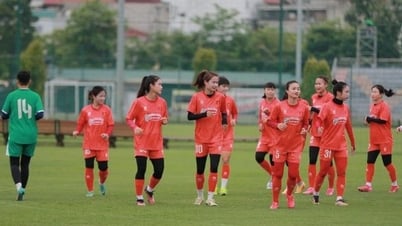
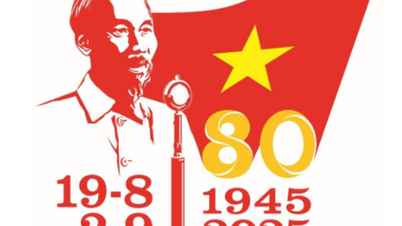

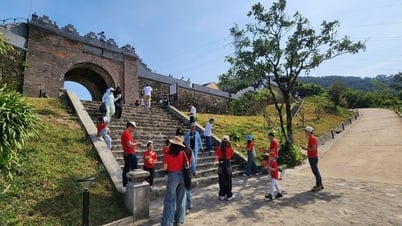

















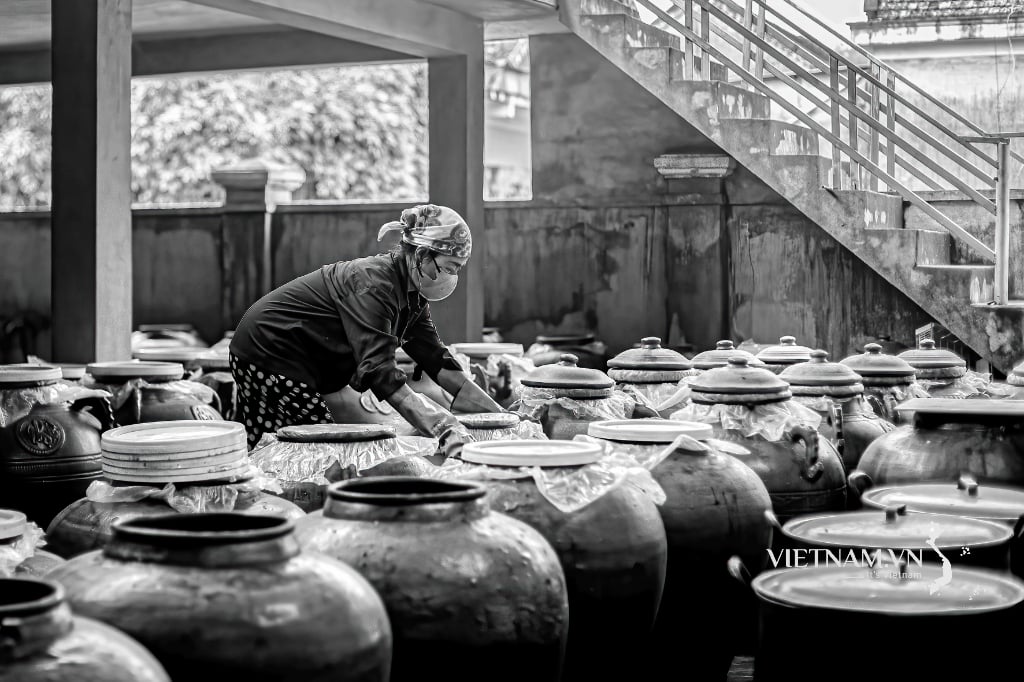
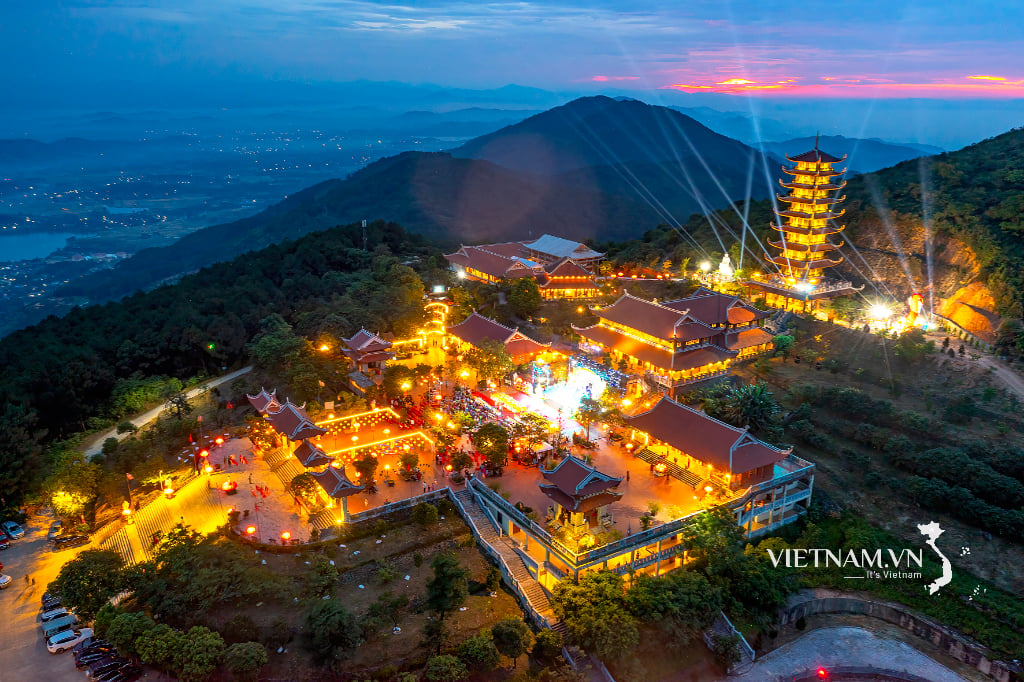
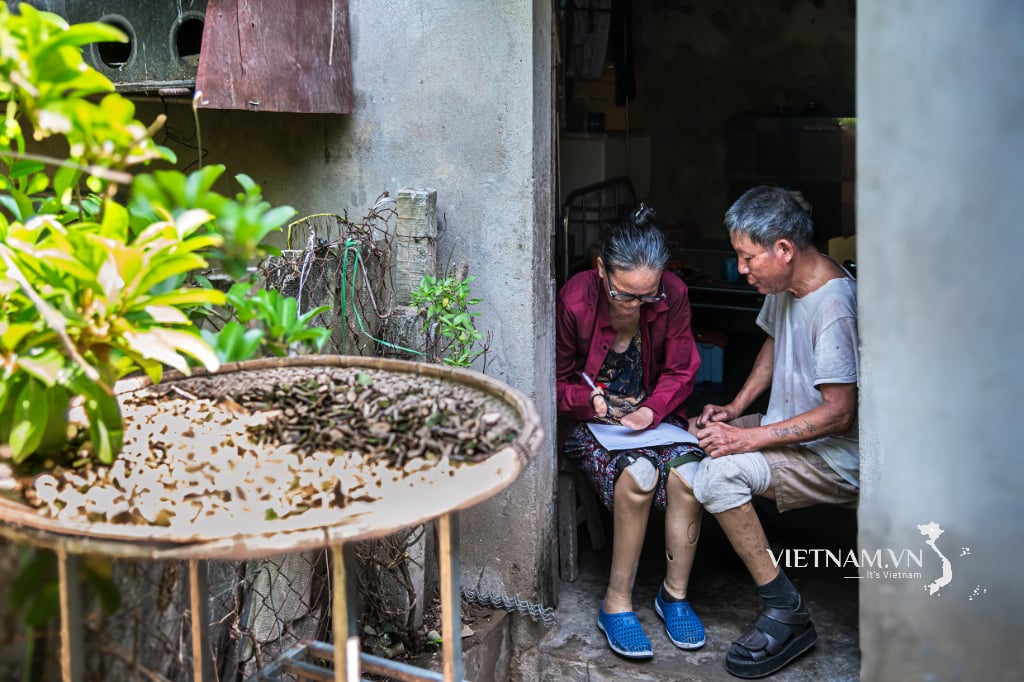
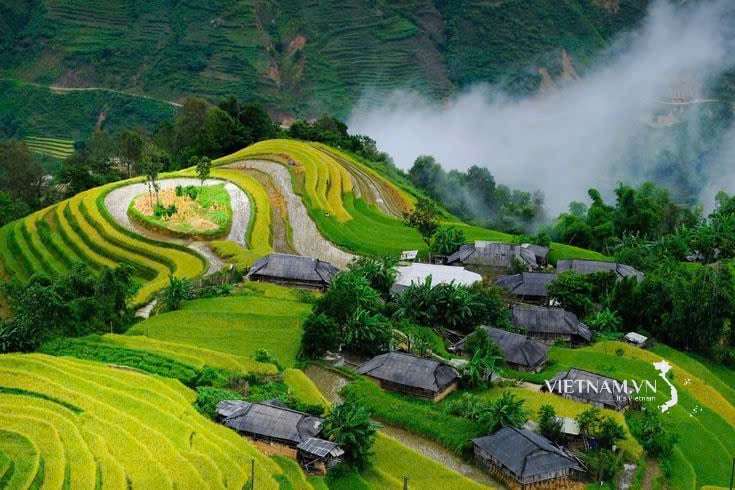
Comment (0)